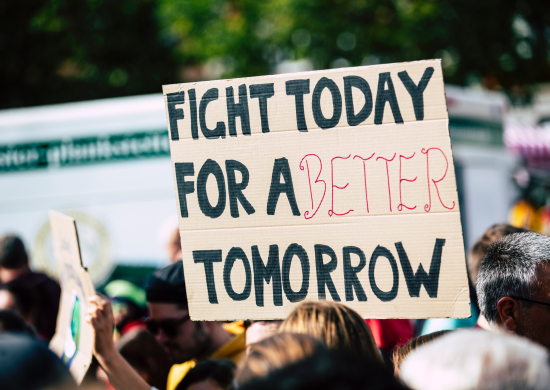On Tuesday, June 25, President Obama gave a speech at Georgetown University on climate change and the need to act. That same day, he released “The President’s Climate Action Plan.” This is the first time he has said much about climate change since his Inaugural speech this January and so I have gotten a number of questions about the plan from people whose day jobs aren’t focused on following climate policy. I thought I would post my answers here as an easy primer for those of you who just want to know the highlights.
What’s in the plan?
The largest reduction in pollution in the plan would come from a Presidential Memorandum directing the EPA to regulate the carbon dioxide emissions of new and existing power plants. It also:
- – increases energy efficiency measures, for example by increasing standards for appliances and federal buildings;
- – calls for expanding production of renewable energy, especially on public lands;
- – supports local communities, hospitals and the agricultural sector so that they are better equipped to prepare for and recover from the impacts of climate change; and
- – commits the U.S. to expand its work on this issue internationally.
More information can be found directly from the source in the White House’s infographic, two-page summary, or the full 21-page plan. (See what my colleague David has to say about the effectiveness of infographics here.)
So how big a deal is it?
Though this is not the first time a U.S. president has focused on climate change, it is the first time a president has created a climate action plan. And after a failed attempt to pass legislation on climate in 2009, Obama’s plan focuses just on what the administration can do without congressional action. This limits its scope but enables the administration to get to work implementing it immediately. And within that constraint, of just administrative action, the plan is relatively comprehensive.
The cornerstone of the plan follows from a legal challenge by the state of Massachusetts, among others. In 2007, the U.S. Supreme Court ruled that the EPA must regulate greenhouse gas emissions under the Clean Air Act or provide a scientific basis for not doing so. In 2009, the EPA found that greenhouse gases endanger public health and welfare and began a process for regulating emissions. However, the EPA has already missed multiple deadlines (see here and here) in the process of issuing these regulations so the White House’s political backing and the transparent timeline it lays out may help get this done more quickly.
A number of the other pieces of the plan are new, including a goal to double wind and solar production by 2020. In reaching its emissions reduction goals, the plan includes work already underway like increased mile per gallon standards for cars and light trucks.
The plan was widely applauded by environmentalists, business, labor, faith, low-income and even the winter sports community though some organizations have quibbled with aspects of it (like its inclusion of non-renewable energy sources). Opponents are labeling the plan a “war on coal.”
What does it mean for the climate?
The plan doesn’t reduce U.S. emissions as much as would be needed to keep warming to an average of 2 degrees Celsius or 3.6 degrees Fahrenheit. However, it may just be enough to reduce U.S. emissions by what Obama pledged the U.S. would do at the international climate talks in Copenhagen in 2009: 17% below 2005 levels by 2020. Since the U.S. is the largest historical emitter of global warming pollution, this may help move international climate action along.



